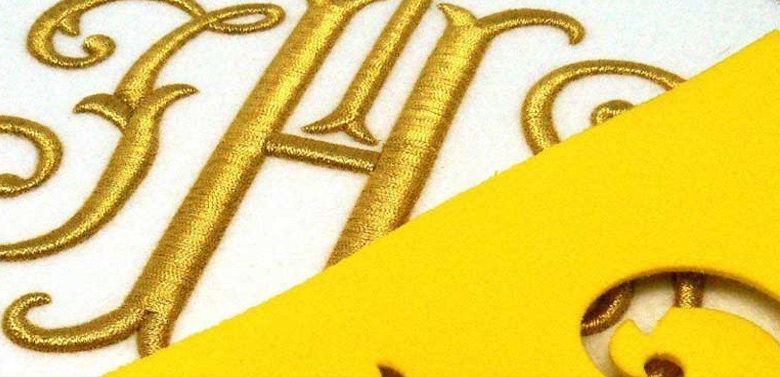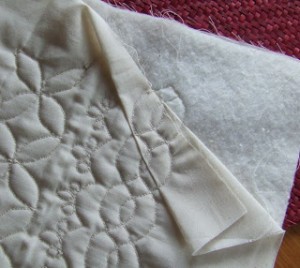Techniques for 3D embroidery and quilting

We show that the technique is padded embroidery, which is to combine different printed fabrics or plain with them to create a mosaic effect attractive embroidery with quilting.
To perform the embroidery padding need the following materials:
Interlining Cutting
Material for quilting: usually cotton batting or ironing of 2 cm thick, but there are also the sheepskin fleece or fabric.
Top fabric for embroidery
The choice of materials is very important for a quality finish. Regarding padding, we must take into account the thickness of the material. When this thicker (for example wadding 2cm), plus the volume will result.
Regarding the material for embroidery:
Using a thin, shiny fabric like satin or satin get a luxurious effect.
Using a material such as canvas or the effect will be felt infant and have a volume somewhat less due to the weight and pressure of the fabric.
How is the process:
1. Keep in mind that not all types of embroidery are correct for this technique, it is important to study in each case the type of embroidery is to be made to determine whether this technique is effective or not. For example, some letters which consist only of volume contour will be embroidered inside and outside.
2. Once we have the design, we will cut a piece of embroidery size stuffed with 2 cm margin on the sides and sew the interlining cutting.
3. When we have the padding sewn to the interlining, embroidery fabric will up and place it all on the frame. If the fabric is felt, cotton or cloth with hair, it would be placed above water-soluble plastic to prevent failure.
4. With the frame in the machine would start to perform the embroidery yarn breakage always monitoring, among others.
5. Once the padding industrial embroidery, cut off the excess filler 2 cm well as interfacing remaining outside the filling area.
A sample output would be:

